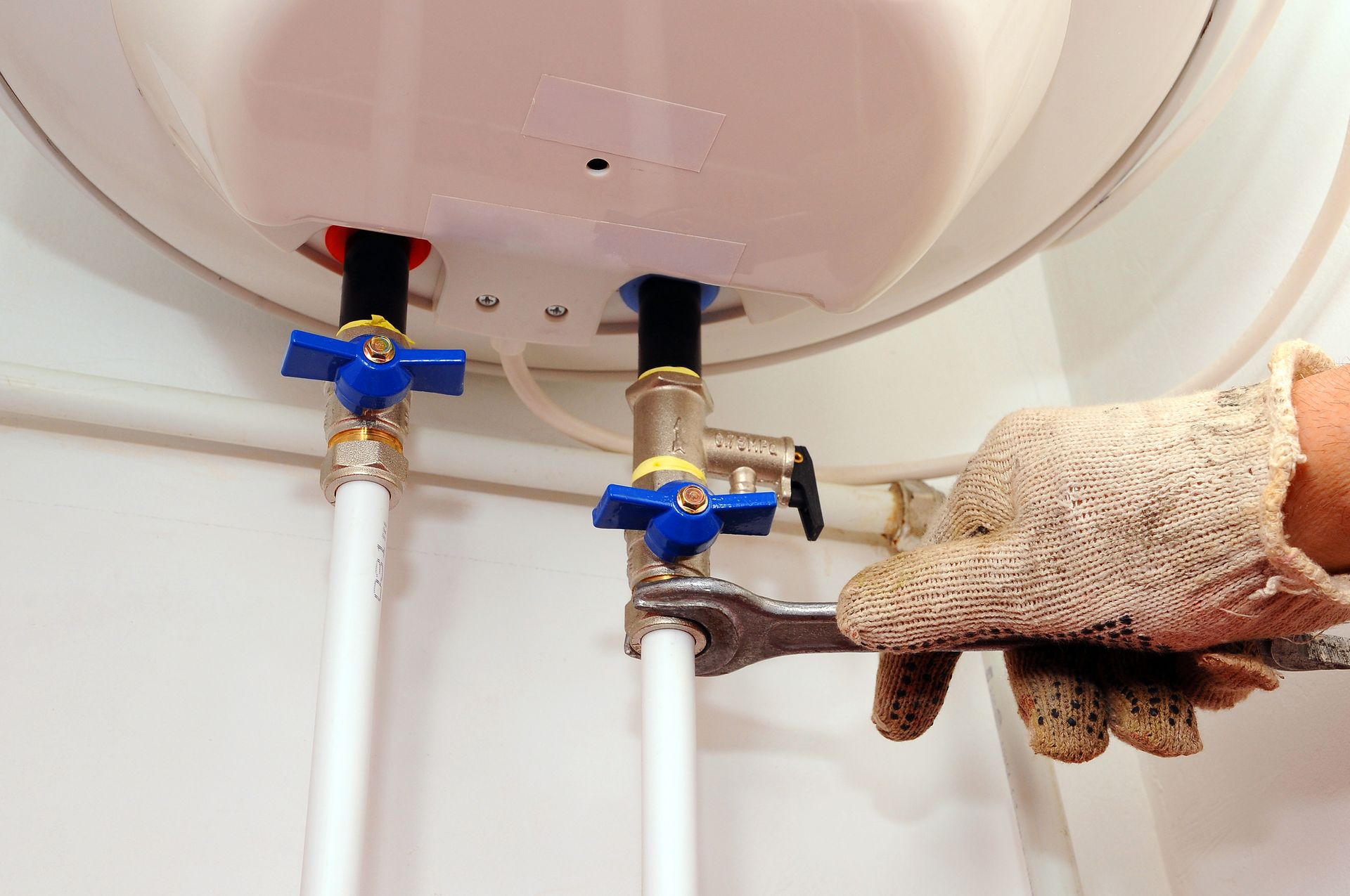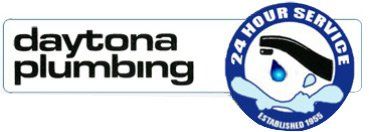Seasonal Plumbing Checklist: Preparing for Colder Weather

When temperatures start to dip, many homeowners think about heating, insulation, and keeping cozy indoors. But one area that often gets overlooked is plumbing. Cold weather can put stress on pipes, fixtures, and water systems, leading to costly repairs if not maintained properly. A seasonal plumbing checklist can help ensure everything runs smoothly through the colder months.
1. Insulate Exposed Pipes
Pipes in garages, basements, crawl spaces, or along exterior walls are especially vulnerable to freezing. Adding pipe insulation is a simple step that prevents freezing and bursting, saving money and hassle later. Foam tubing or fiberglass sleeves can be fitted easily and provide much-needed protection.
2. Disconnect Outdoor Hoses
Leaving a garden hose connected during cold weather can cause ice to back up into the faucet and pipes inside the home. Disconnect hoses, drain them thoroughly, and store them indoors. It’s also wise to install insulated covers on outdoor spigots for an added layer of protection.
3. Drain and Shut Off Outdoor Faucets
After removing hoses, locate the shut-off valve for exterior faucets (usually in the basement or utility room). Once shut off, open the faucet outside to drain any remaining water. This small step helps prevent frozen pipes that could split and cause leaks inside walls.
4. Check for Leaks Early
Colder weather can make small leaks worse. Take a walk around the home and inspect under sinks, around toilets, and near appliances like washing machines and water heaters. Fixing leaks before winter sets in ensures efficiency and avoids water damage.
5. Service the Water Heater
Hot water demand tends to increase in the colder months. Flush the water heater to remove sediment buildup, which improves efficiency and extends the lifespan of the unit. Also, test the temperature-pressure relief valve to make sure it’s working correctly.
6. Inspect Sump Pumps
If your home has a sump pump, ensure it’s clean and functioning properly. Winter storms and melting snow can lead to excess water around the foundation. A working sump pump reduces the risk of basement flooding and water damage.
7. Seal Gaps and Drafts
Pipes running near drafty areas can freeze more quickly. Check around windows, doors, and foundation openings for gaps, and seal them with caulk or weatherstripping. Keeping cold air out not only protects plumbing but also helps reduce heating bills.
8. Keep Interior Temperatures Consistent
Even if you’re away, keep the thermostat set no lower than 55 degrees Fahrenheit. Allowing the house to get too cold increases the risk of frozen pipes. Opening cabinet doors under sinks can also help warm air circulate around plumbing lines.
9. Clean Gutters and Downspouts
While not directly part of the plumbing system, clogged gutters can create issues that affect it. Blocked gutters cause water to pool near the foundation, potentially stressing sump pumps and underground drainage. Cleaning them before winter ensures proper water flow.
10. Schedule a Professional Inspection
An experienced plumber can catch issues that may go unnoticed by homeowners. A seasonal inspection is an investment in peace of mind, ensuring that pipes, fixtures, and systems are ready for colder weather.
Preparing for colder weather doesn’t have to be stressful. For expert help, turn to Daytona Plumbing, proudly serving Daytona Beach & Surrounding Areas. Their team specializes in reliable, affordable plumbing services that keep homes safe and efficient all year round. Call
386-253-7674 today to schedule seasonal maintenance or emergency service.






